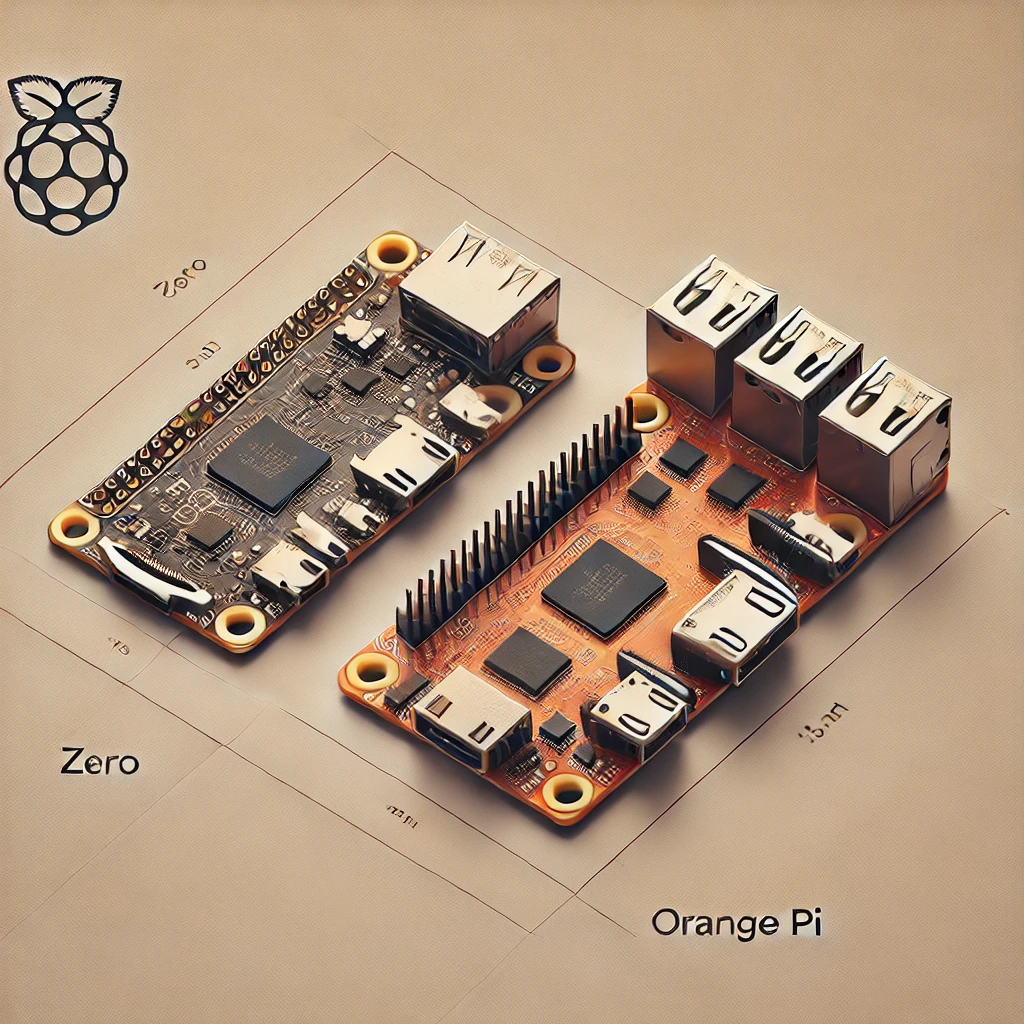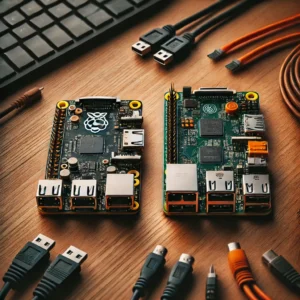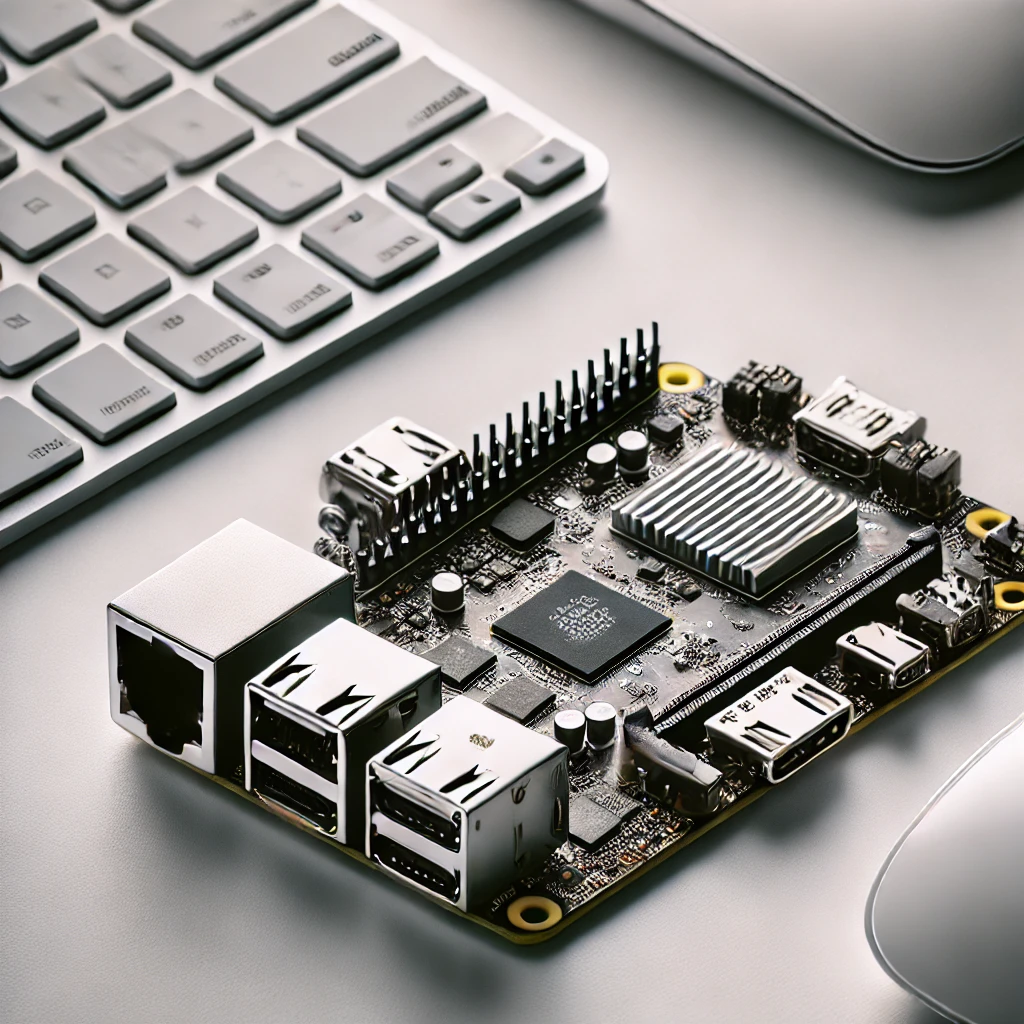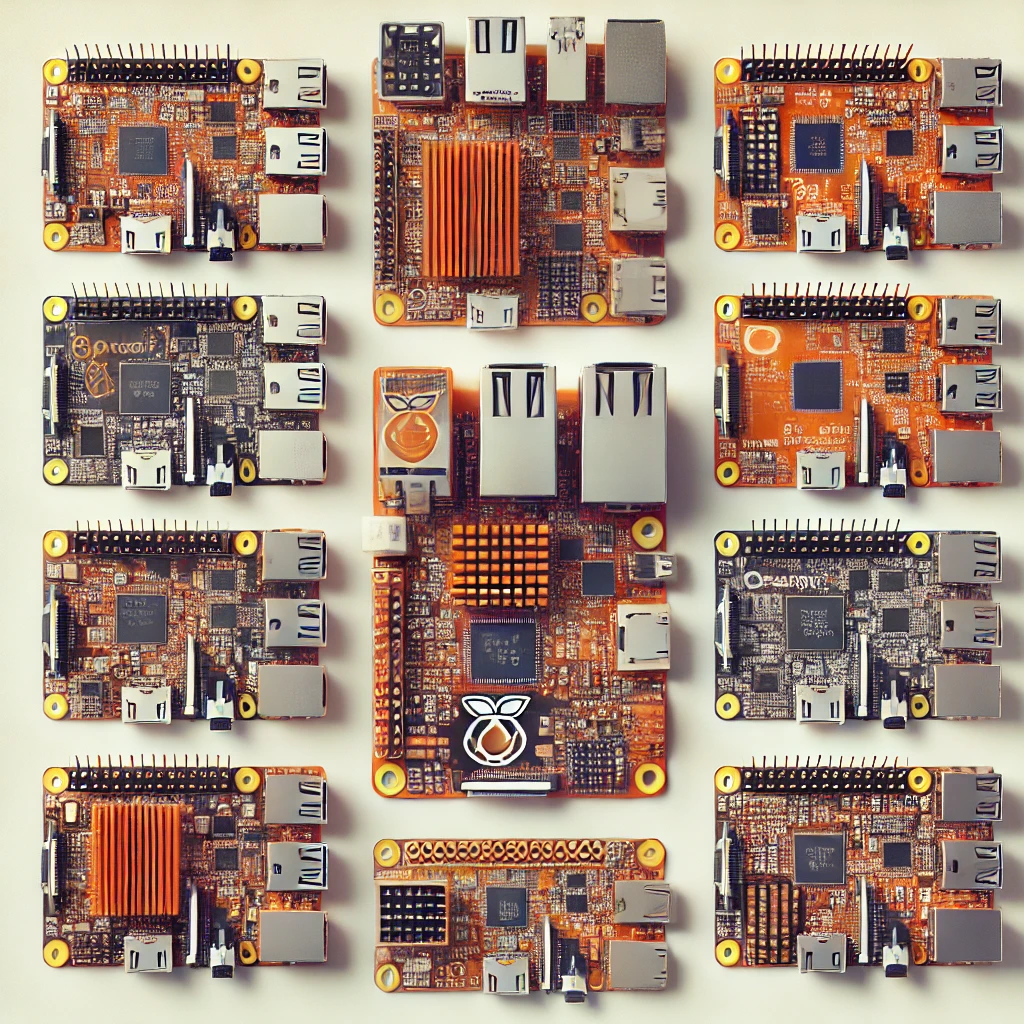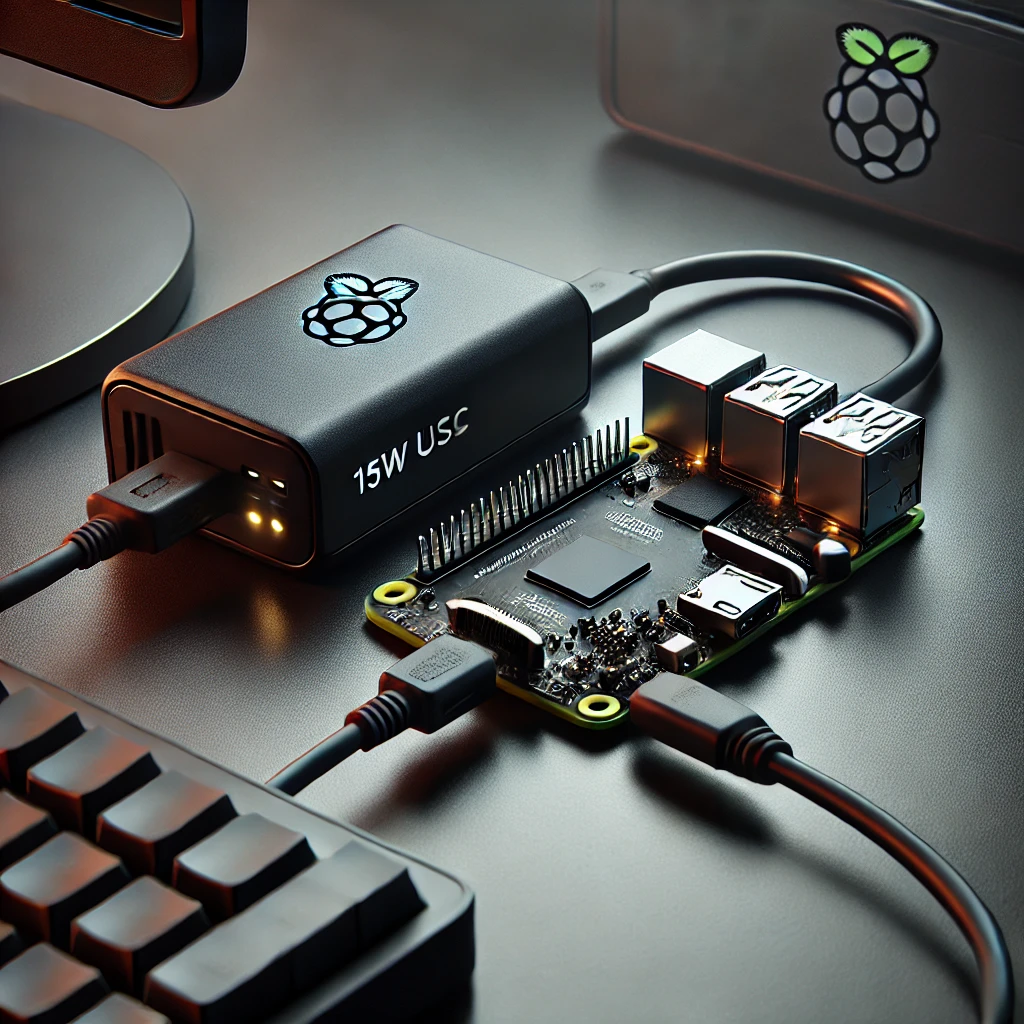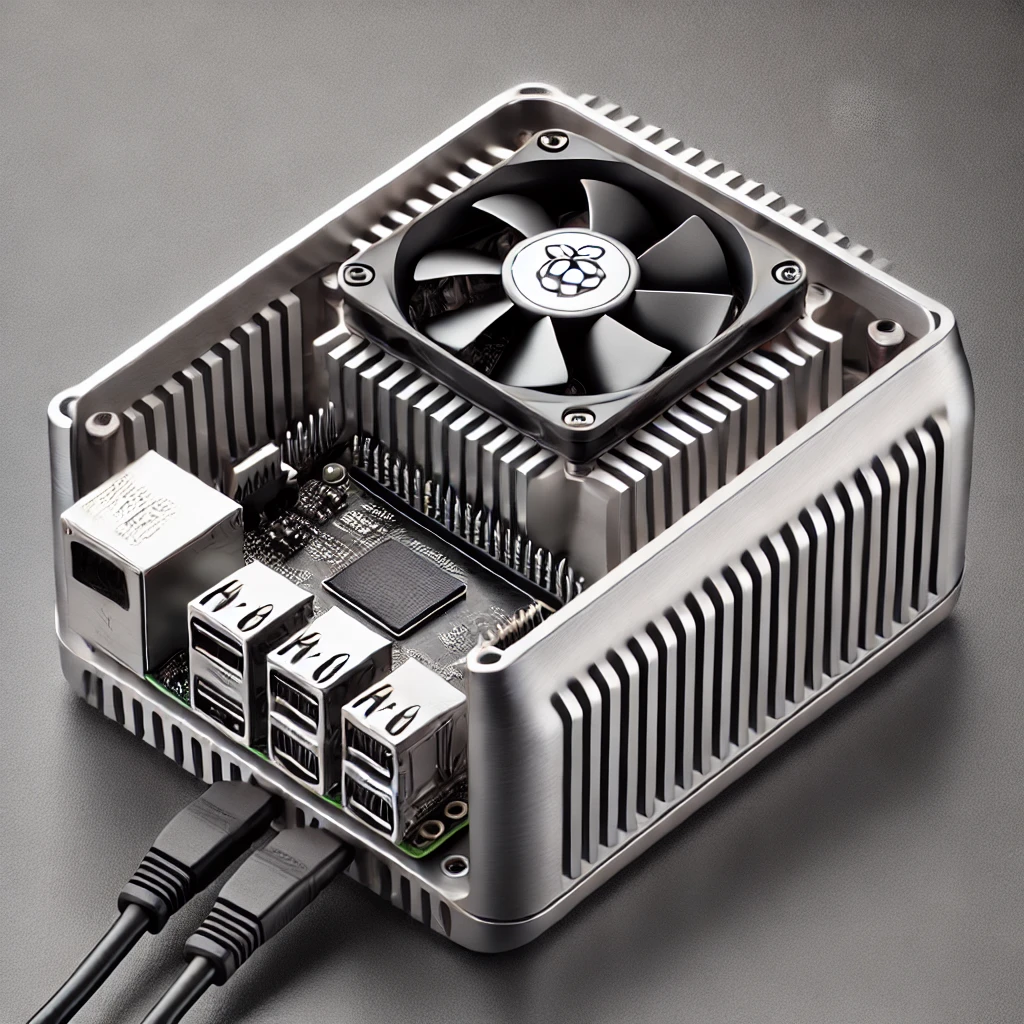Zero vs Orange Pi: Which Single-Board Computer is Right for You?
When diving into the world of single-board computers (SBCs), two notable options frequently stand out: the Raspberry Pi Zero and the Orange Pi. While both are budget-friendly and offer significant power for their size, they differ in features and use cases. In this article, we’ll compare their specs, capabilities, and performance to help you choose the right one for your next project.
Raspberry Pi Zero: The Tiny but Mighty Option
The Raspberry Pi Zero is well-known for its compact size and affordability. It measures just 65mm x 30mm, making it an ideal choice for projects where space is limited. Despite its small form factor, the Zero packs enough power for tasks like basic computing, IoT applications, and simple robotics.
Key features of the Raspberry Pi Zero:
- Broadcom BCM2835 CPU (single-core)
- 512MB of RAM
- Mini HDMI, USB OTG, GPIO pins, and camera interface
- Runs Raspbian and other lightweight Linux distros
However, its limitations in connectivity (no onboard Wi-Fi or Ethernet) and processing power might be a concern for more demanding tasks.
Orange Pi: More Power and Connectivity
On the other hand, the Orange Pi offers more extensive connectivity and stronger processing power. While there are several models, we’ll focus on the Orange Pi PC for comparison. It has a quad-core ARM Cortex-A7 processor, making it more suitable for tasks that require additional power, such as multimedia projects and server hosting.
Key features of the Orange Pi PC:
- Allwinner H3 (quad-core) CPU
- 1GB of RAM
- HDMI output, Ethernet, USB ports, and GPIO pins
- Runs Android, Ubuntu, and other Linux-based operating systems
The Orange Pi provides more flexibility in connectivity and performance but is slightly larger and more power-hungry than the Raspberry Pi Zero.
Performance and Use Case Comparison
| Feature | Raspberry Pi Zero | Orange Pi PC |
|---|---|---|
| Processor | Single-core 1GHz | Quad-core 1.6GHz |
| RAM | 512MB | 1GB |
| Connectivity | USB OTG, GPIO, HDMI | HDMI, Ethernet, USB |
| Operating Systems | Raspbian, Pi OS | Android, Ubuntu, Debian |
| Size | Ultra-compact | Medium |
In general, the Raspberry Pi Zero is the preferred option for simpler projects or situations where space and power consumption are important. For more intensive applications, such as media streaming, network servers, or larger DIY projects, the Orange Pi stands out due to its enhanced processing power and connectivity.
Which One Should You Choose?
Choosing between the Raspberry Pi Zero and the Orange Pi depends on your project needs. The Pi Zero is perfect for low-cost, space-conscious builds, while the Orange Pi offers more raw power and flexibility. Both boards are highly capable but target slightly different audiences in the maker community.
Visit our other website :master3dp.com

